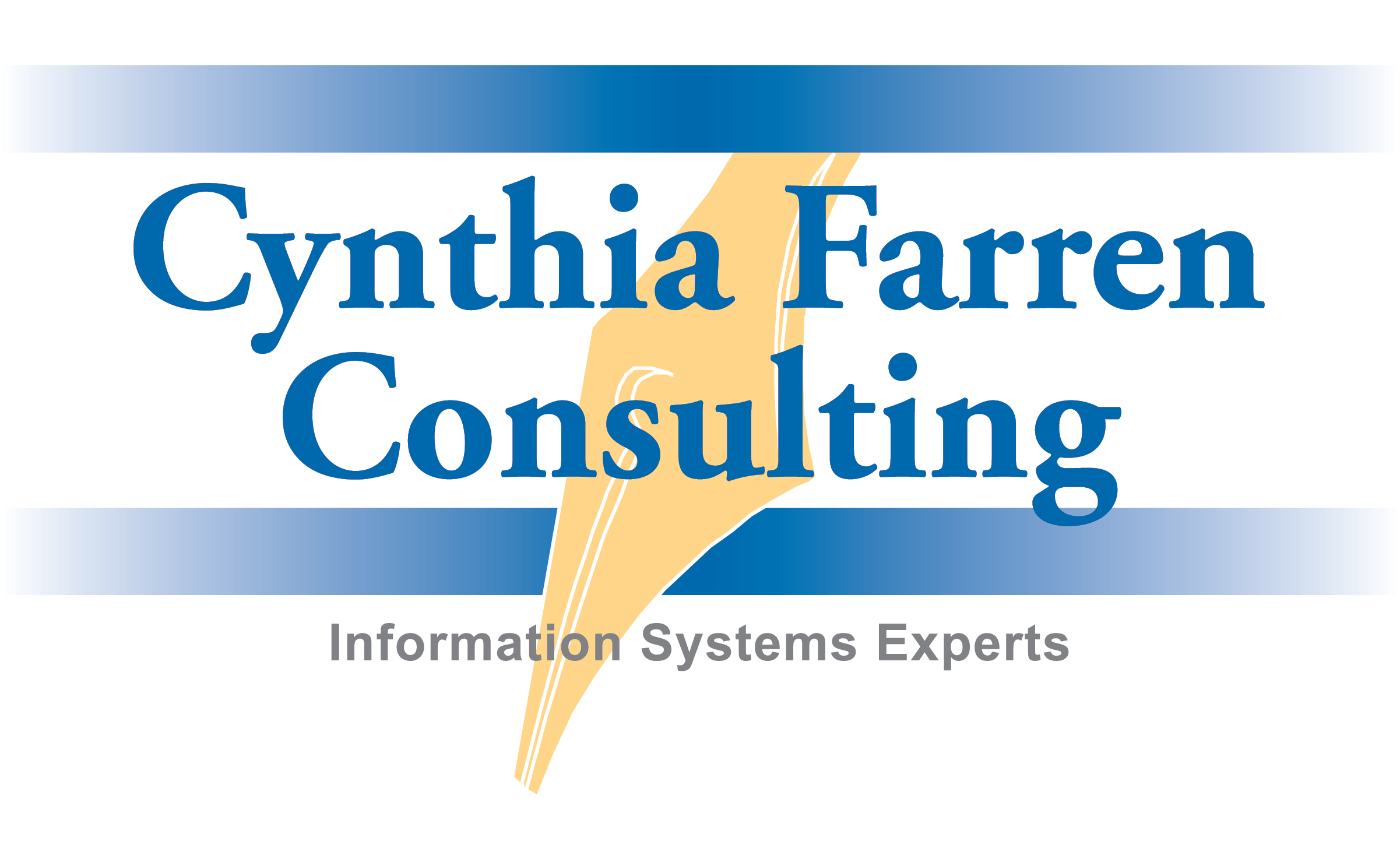Microsoft has a very generous internal use license program for its partners. In generalities, a Microsoft Certified Partner gets 25 copies of most all desktop software (and Client Access Licenses – CALs) and 1 or 2 server licenses each for most server technology for internal use in the form of annual license grants; a Microsoft Gold Certified Partner gets 100 copies of most desktop software and 1 to 5 server licenses each for most server software. There are additional license grants based upon expertise “competency”. These amounts can be multiplied by each location that qualifies at the same level as the overall company up to a maximum (along the lines of 500 desktop and 2 to 25 servers for Microsoft Gold Partners).
These license grants are obviously very valuable to Microsoft Partners in helping them minimize the cost of running their organization. However; Microsoft is now changing their partner program (for the first time in a long time) which will end up reducing the number of internal use software license grants for most partners. The new Microsoft Partner Network will replace the designations of Registered, Certified and Gold Certified with Subscriber, Competency and Advanced Competency. While there are some changes at the Registered and Certified levels (Subscriber and Competency) as it pertains to licensing the real impact comes to Gold Certified Partners who will not qualify for the Advanced Competency designation. $300k Example:One of my Software Asset Management customers is a Microsoft Gold Certified Partner with 1 additional enrolled location and several competencies. This entitles them to about 200 copies of most desktop software and CALs and a number of server licenses including 10 Microsoft Windows Server Enterprise license grants and 8 Microsoft Windows Server Datacenter processor license grants. However; this company will not qualify as an Advanced Competency partner so will instead drop down to a Competency Partner (think Certified Partner). Assuming they continue to have 1 additional enrolled location this will drop their license grants to 50 copies of most desktop software and CALs and about 2 server licenses for some servers (Microsoft Windows Server Datacenter will not be included). The financial implication of this is over $300k.
Even those partners that do not lose their current level in the program will feel some impact from licenses being excluded from the core licensing (for example, Windows Server Datacenter edition will not be part of the core licenses). One of the hardest challenges is that IT typically manages the licenses and yet the business typically manages the partnering relationships. If these impacts are not discussed between both teams internally there could be a large number of former Microsoft partners who are now out of compliance in their licensing.
Understanding the Dates:Each year partners have to re-enroll in the program. Those partners who re-enroll prior to 10/10/2010 (now changed to end of October) will be renewing under the existing designations of Registered, Certified or Gold Certified and will have their annual license grants based upon that enrollment. At their anniversary date in 2011 their licensing grants would change. For partners who re-enroll after 10/10/2010 (now changed to end of October) they will be renewing under the new designations and the new licensing grants will take effect. There are other changes that take effect regardless of enrollment status effective 10/10/2010 (now changed to end of October) so please be aware that this information is only as it pertains to license grants.
What to Do:Obviously it is very important for current Microsoft Partner’s to clearly understand the requirements of the new program and where their company will fit within this program. Microsoft is doing a lot to help and their Partner desk is extremely helpful so leverage these resources! Take a good look at the license calculator tool to determine what your new license grants will be and start the budgeting and communication process internally to avoid a surprise hit to your software budget next year. If things get too confusing or time consuming, consider hiring a professional to handle the transition for you.
All postings are the property of Cynthia Farren Consulting (www.cynthiafarren.com)
